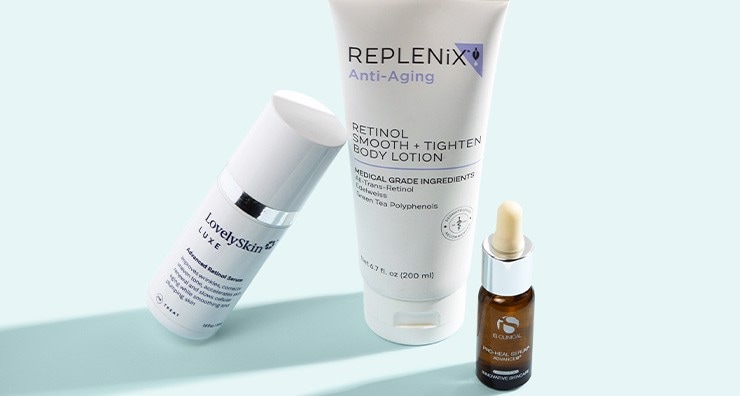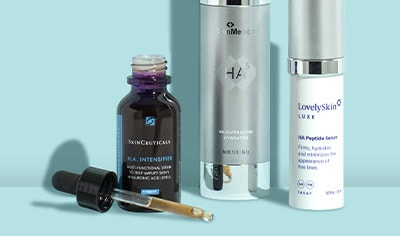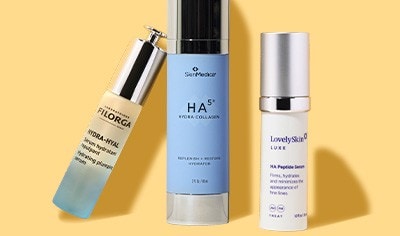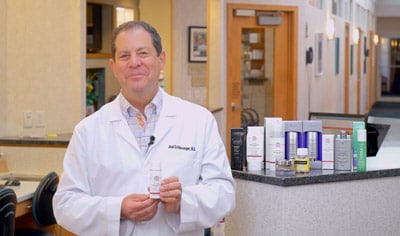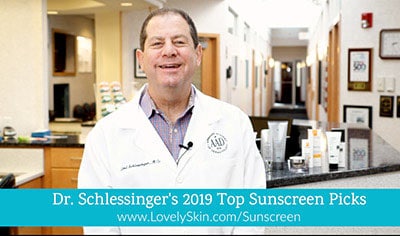Retinol is one of the skin care world’s most revered ingredients. Though you’ve likely heard of retinol’s ability to improve the appearance of your skin in a multitude of ways, you might also be wondering how it works and what other ingredients you can safely use alongside it. With the help of Drs. Joel and Daniel Schlessinger, board-certified dermatologists, Mohs surgeons and cosmetic surgeons, we’ll help provide authoritative answers for all of your retinol questions, including:
Retinol falls under the umbrella of retinoids, which are derivatives of vitamin A. “When explaining how retinol works to my patients, I like to tell them retinol acts to rejuvenate and resurface skin, much like a less-irritating form of the prescription drug, Retin-A,” says LovelySkin CEO Dr. Joel Schlessinger. “The natural process of cellular turnover slows as we age, and retinol helps speed up this process. When your skin cells are regenerating more quickly, your skin looks clearer, smoother and brighter.”
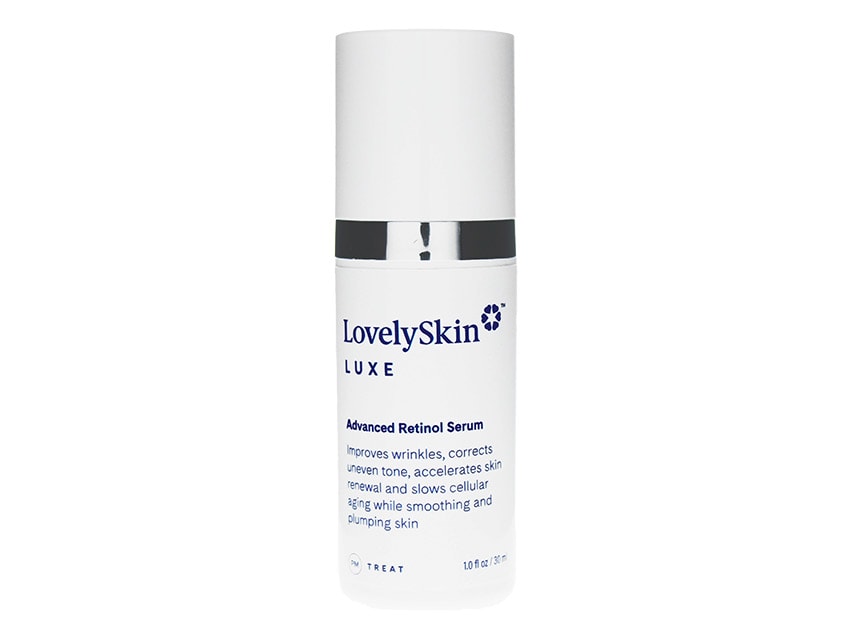
If you’re curious about the benefits of retinol, adding a standalone retinol serum to your skin care routine is a good place to start. Because some degree of redness, flaking and dryness is a normal side effect of retinol use, you can reduce potential irritation by using a serum that has soothing ingredients built in. LovelySkin LUXE Advanced Retinol Serum combines 0.5% retinol with a blend of phospholipids and glycolipids to guard against that telltale peeling and dryness and make your transition to retinol use more comfortable.
“The retinoid family of ingredients, which includes retinol, is very effective when it comes to treating acne,” says LovelySkin Medical Director Dr. Daniel Schlessinger. “They target the root of acne by resetting the way that our epidermis forms and helping to reduce oil production within the skin.” One retinol product that helps improve the appearance of acne-prone skin is iS CLINICAL Pro Heal Serum Advanced +. The combination of retinol and kojic acid helps reduce clogged pores, while vitamin C and E provide antioxidant protection from free radical damage.
In 1971, the FDA approved tretinoin, a type of retinoid with the brand-name Retin-A, to treat acne. According to the American Academy of Dermatology, it wasn’t long before dermatologists started to notice these topical treatments also had anti-aging effects on their patients’ skin, such as improving dark spots, fine lines and wrinkles. This has made retinol a great all-purpose ingredient for those who want to keep their pores clear and diminish visible signs of aging.
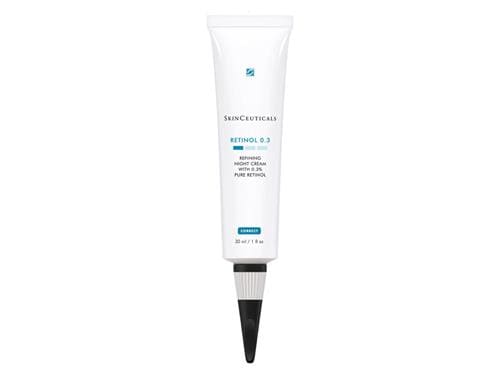
SkinCeuticals Retinol 0.5 Refining + Anti-Aging Night Cream is a lightweight cream for normal or oily skin featuring 0.5% retinol to help improve the appearance of dark spots as well as smooth fine lines and wrinkles. It also features a soothing complex that counteracts some of retinol’s irritating side effects, which can include dryness, redness and flaking.
“Hyaluronic acid is a gentle hydrating ingredient that is well-tolerated by most people and matches well with other active ingredients, including retinol,” Dr. Joel Schlessinger says. “Skin care products with hyaluronic acid help the skin appear firmer and plumper, which is a great compliment to retinol’s anti-aging abilities.”
You can reap the benefits of both hyaluronic acid and retinol with Replenix Retinol Smooth + Tighten Body Lotion, a body moisturizer that leaves skin looking firmer and smoother. The addition of ceramides and green tea polyphenols helps support elasticity for overall skin health.
Niacinamide is a versatile ingredient that helps improve acne, inflammatory skin conditions, such as rosacea and eczema, and even visible signs of aging, such as fine lines, wrinkles and discoloration. “You can safely use niacinamide and retinol together, and they make quite the power couple,” says Dr. Daniel Schlessinger.
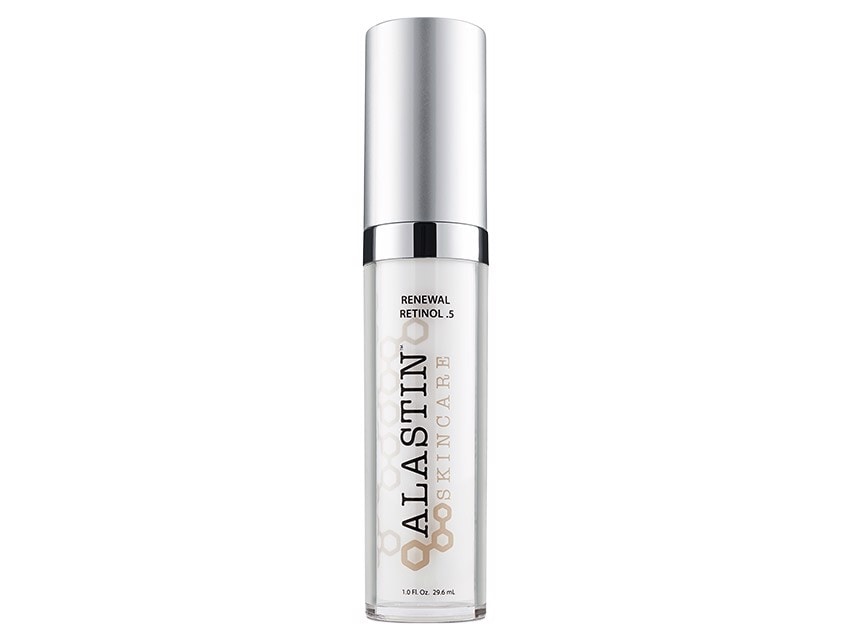
You’ll find both of these beneficial ingredients working together in ALASTIN Skincare Renewal Retinol 0.5 Serum, a skin-refining serum that helps diminish the look of fine lines and wrinkles, smooth rough texture and improve uneven skin tone. “With a 0.5% concentration of retinol, it’s a good match for those who have successfully tolerated lesser concentrations of retinol and are ready to level up,” he says.
Part of the alpha hydroxy acid family, glycolic acid is an exfoliating ingredient that works by dissolving the top layer of dead cells on your skin, helping it to look smoother and more even in tone and texture.
Dr. Joel Schlessinger says you can safely use glycolic acid and retinol together, but he recommends starting off slow and using separate glycolic acid and retinol products that you can alternate at first. “A bit of flaking and redness is normal when using these ingredients, but if it becomes severe, I recommend discontinuing use and checking in with your dermatologist,” he says.
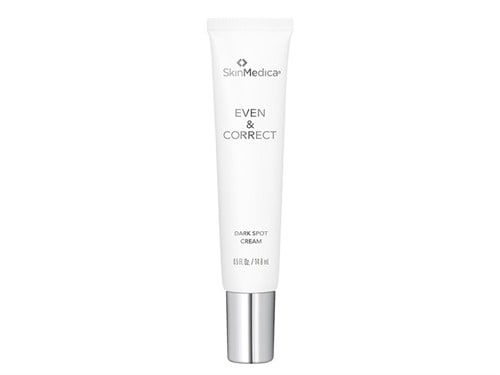
“There are skin care products specially formulated to feature both glycolic acid and retinol in amounts that are generally well-tolerated,” Dr. Joel Schlessinger says. SkinMedica Even & Correct Dark Spot Cream is a deeply exfoliating spot treatment for dark spots that combines 0.25% retinol and 3% glycolic acid.
In a clinical study, users saw an improvement in post-acne marks and age spots after just two weeks of use, with greater results after using this spot treatment consistently for twelve weeks.
These two powerhouse skin care ingredients offer different benefits, and you can safely use vitamin C and retinol together in your skin care routine. They’re such a popular duo that you’ll find them paired up in plenty of products, including Revision Skincare DEJ Night Face Cream with 0.25% time-released retinol and tetrahexyldecyl ascorbate, a stable, oil-soluble form of vitamin C.
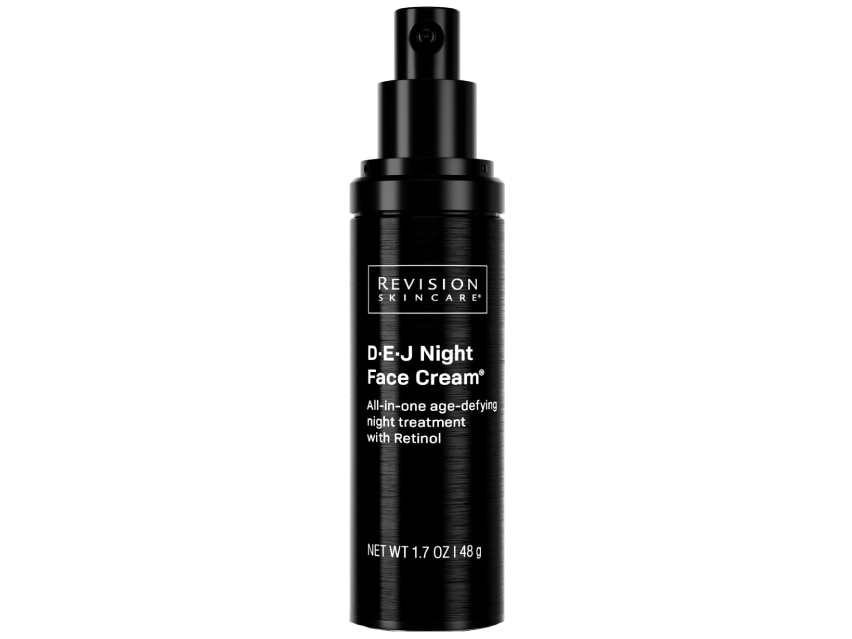
“Revision Skincare’s DEJ line is one of my favorites,” Dr. Joel Schlessinger says. “This night cream stimulates healthy production of collagen and elastin, corrects photodamage and softens fine lines and wrinkles while you sleep.”
Salicylic acid is a type of beta hydroxy acid (BHA) that helps reduce breakouts by penetrating your skin and clearing unclogged pores. “Retinol and salicylic acid are both acne-fighting ingredients, so it may not be necessary to use them both, but many people can tolerate using them together,” Dr. Daniel Schlessinger says.
For example, you might use an exfoliating cleanser with salicylic acid and a retinol acne treatment to help keep breakouts at bay. You can also find these two ingredients teaming up in anti-aging treatments, like Dermalogica Multivitamin Thermafoliant.
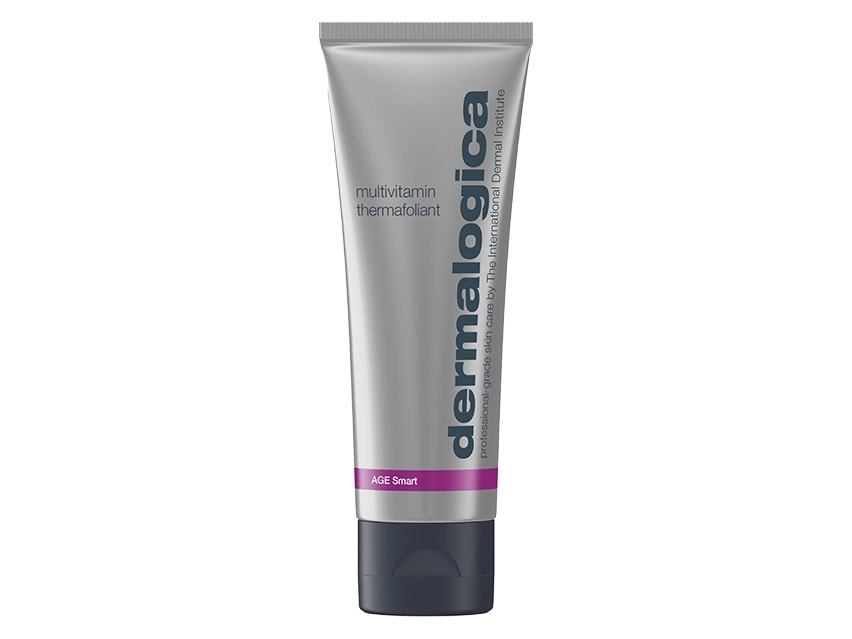
This skin-polishing scrub helps refine skin texture and reduce dullness with salicylic acid and retinol, and also features licorice root extract to help lighten dark spots. “If overused, both salicylic acid and retinol can cause redness or dry patches as a side effect, so be on the lookout and scale back on your application if needed,” Dr. Daniel Schlessinger says.
Drs. Joel and Daniel Schlessinger do not recommend using any products with benzoyl peroxide in light of recent findings about the potential for breakdown into benzene in acne products. “At our practice, we have been moving our patients to other products that do not contain benzoyl peroxide,” Dr. Joel Schlessinger says. “Benzene in any amount is a carcinogen, and it’s best to err on the side of caution for now until more definitive research has been published.”
Retinol is a type of retinoid, and studies have shown retinoids can degrade when exposed to light. “This is why you’ll typically see retinol products in opaque packaging, and why we generally tell patients to apply retinols and retinoids at night time rather than daytime,” Dr. Daniel Schlessinger says. “Reducing its exposure to light helps preserve its strength, so you’re getting the most benefit from every application.” Once opened, retinol creams and serums typically have a shelf life of about a year.
No matter what other skin care ingredients you combine retinol with, Drs. Joel and Daniel Schlessinger offer the same precaution. “Using retinol will make your skin more sensitive to sun exposure, so we recommend applying it at night and using a broad-spectrum sunscreen during the day,” Dr. Joel Schlessinger says. “This is also important to reduce your risk of skin cancer and protect your hard-earned results.”
You can learn more about when you should start using retinol, whether it’s safe to use retinol in the summer and the difference between retinol and retinal, all on the LovelySkin Blog.


